Baroque Artists: 6 Masters and Their Masterpieces
Immerse yourself in the world of renowned Baroque artists, highlighting their lives and extraordinary works.
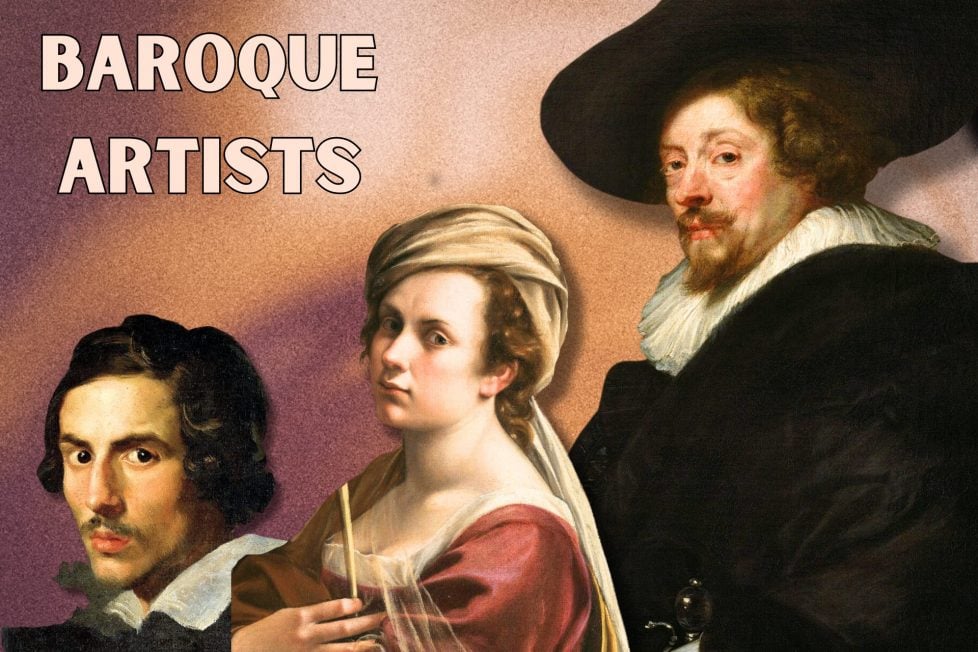
Immerse yourself in the world of renowned Baroque artists, highlighting their lives and extraordinary works.

Table of Contents
ToggleWhen we think about famous artworks like The Ecstasy of Saint Teresa of Bernini, The Abduction of the Sabine Women of Nicolas Poussin, or The Calling of St Matthew of Caravaggio, we are immediately catapulted into theatrical scenes, capable of conveying powerful religious and political messages. These famous Baroque paintings are just a few examples of masterpieces that emerged during this period. This article delves deeper into the lives and works of some of the greatest Baroque artists.
But before doing so, we need to understand what Baroque is first.
With the term Baroque we refer to the dominant style in art and architecture during the seventeenth century, approximately between the 1580s and the early years of the 18th century. The Baroque style evolved from Mannerism, starting with the Catholic Counter-Reformation, launched by Pope Paul III to curtail the spread of Protestantism and reinforce the Catholic Church’s dominance. In this context, visual arts became a powerful tool, used by the Catholic Church as a vehicle for propaganda. Art had to follow sacred scriptures to avoid any errors, and bishops had to ensure that certain content was excluded from religious art. Baroque, compared to Mannerism, was thus less ambiguous and more favorable to the Church. The Baroque style was born in Rome and spread rapidly across Europe.
The term baroque derives from the Portuguese word barroco, which is used to describe pearls of irregular shape. By the 18th century, the term came to refer to the eccentric and the bizarre, and was used to describe this art in a derogatory sense. Until the late 19th century, Baroque art was in fact perceived as decadent, mainly because of its characteristics such as strong contrasts of light and dark, bold realism, contorted poses, emphasis on ornamentation, and in general, its theatricality.
Baroque art is not only the art of the Counter-Reformation, but also contains very varied and sometimes conflicting tendencies; therefore, you will notice that the art produced by some artists may differ a lot from others and can be seen in various forms such as mythical and historical subjects, portraits, landscapes, and biblical scenes.
This article focuses on a selection of artists that represent a range of different styles, nationalities, and mediums, and shows how Baroque art cannot be described as a univocal artistic approach, but as a set of artistic movements around Europe.
Let’s dive into the world of Baroque art by starting with some of the artists who were active in Italy, particularly in Rome – the birthplace of Baroque art.
Baroque art is not limited to paintings but also encompasses sculpture and architecture, and one of the most talented all-around artists of the period is certainly Gian Lorenzo Bernini.
Bernini was born in Naples on December 7, 1598, to the Florentine sculptor Pietro Bernini and the Neapolitan Angelica Galante. He learned the art of sculpting from his father, who moved to Rome around 1605. Some of Bernini’s earliest artworks were produced in collaboration with his father.
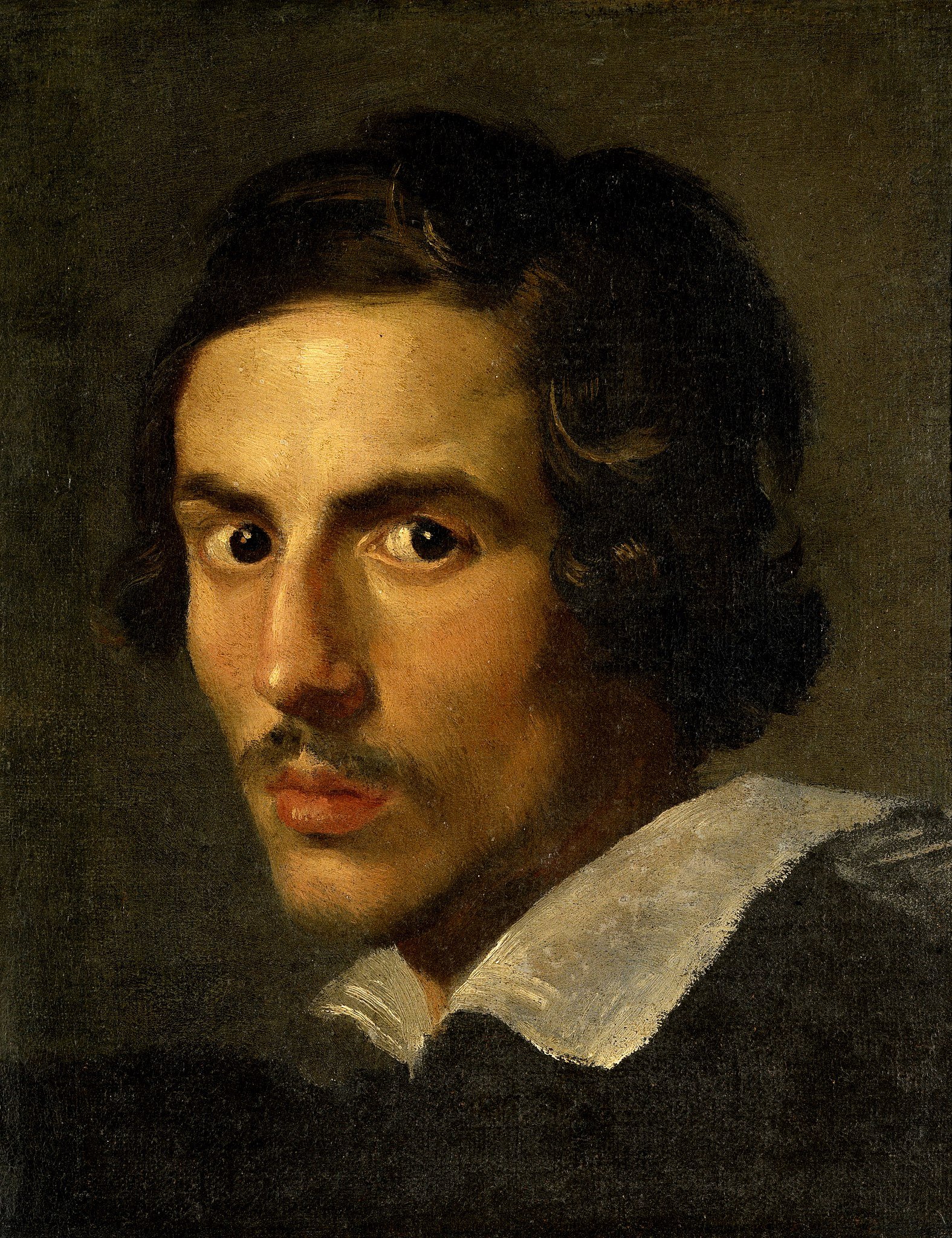
Baroque art is not limited to paintings but also encompasses sculpture and architecture, and one of the most talented all-around artists of the period is certainly Gian Lorenzo Bernini.
Bernini was born in Naples on December 7, 1598, to the Florentine sculptor Pietro Bernini and the Neapolitan Angelica Galante. He learned the art of sculpting from his father, who moved to Rome around 1605. Some of Bernini’s earliest artworks were produced in collaboration with his father.
Cardinal Scipione Borghese, the nephew of Pope Paul V, supported Bernini early in his career and became his first patron by commissioning works such as David (1623–1624) and Apollo and Daphne (1622–24). Throughout his career, Bernini was closely tied to commissions from the papacy. He worked for Pope Urban VIII and his successors, who hired him not only to adorn the city, its churches, and its palaces, but also to build them. After the death of Urban VIII and the election of Innocent X, the Barberini family fell out of favor, and for a short period, so did Bernini. This period of freedom from papal commissions led Bernini to produce his masterpiece from his maturity, The Ecstasy of Saint Teresa (1645-1652).
After reconciling with the papacy, Bernini’s architectural activity became more frequent. From this time on, Bernini’s art dominated Rome, and artists were highly influenced by him. His fame soon spread across Europe, attracting commissions from important and powerful patrons such as King Charles I of England, Cardinal Richelieu, and Prime Minister to Louis XIII of France, Louis XIV.
Bernini died in 1680, shortly before his 82nd birthday.
Some of his most notable works include the following:
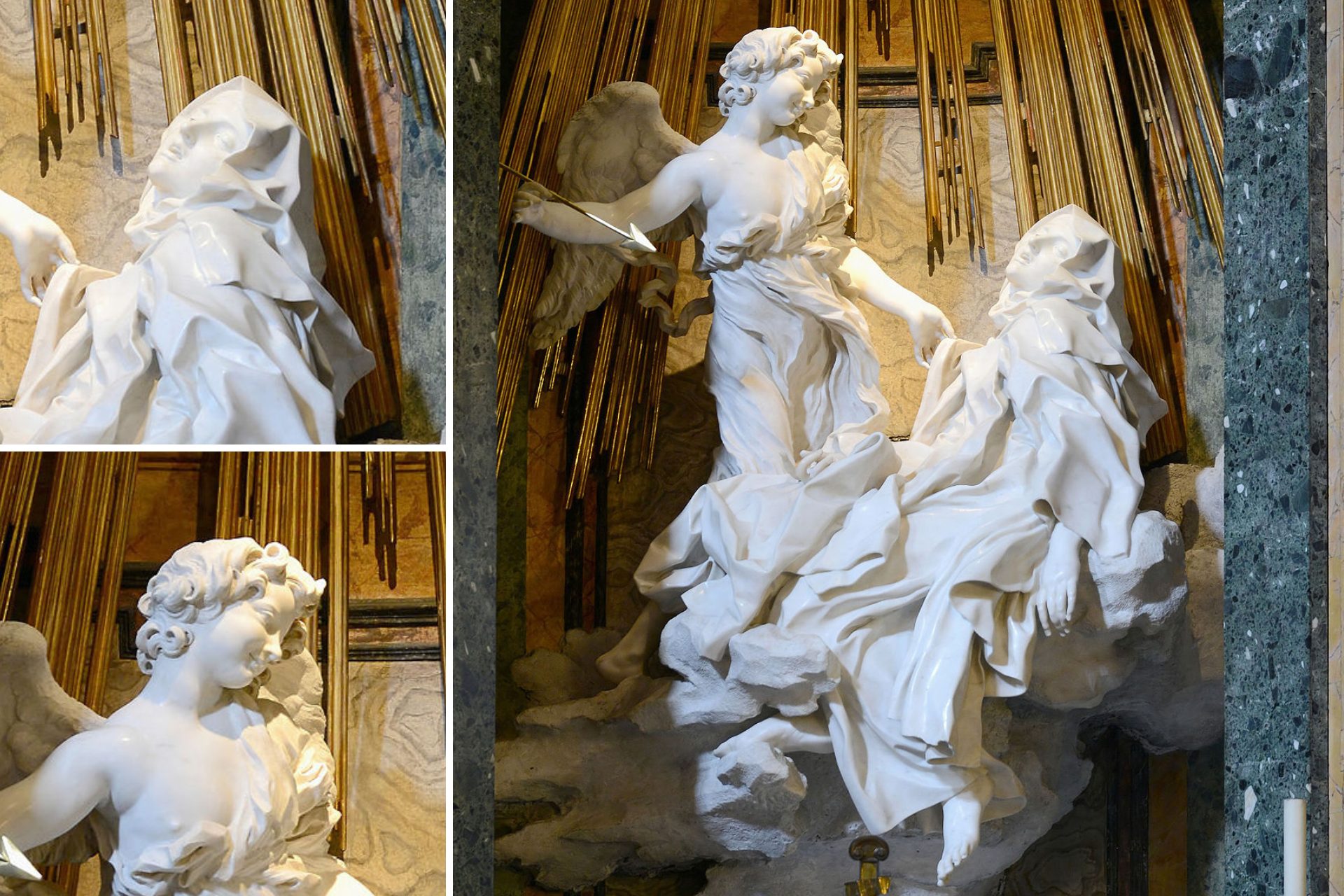
The Ecstasy of Saint Teresa is considered to be one of Bernini’s masterpieces. It was created between 1647 and 1652 and it is a marble sculpture that depicts the Spanish nun Teresa of Avila, who later became Saint, in the moment of her mystical experience. Bernini captures the moment with extraordinary realism and emotion, thanks to the wise use of light and shadow that created a theatrical and dramatic result.
Bernini’s Ecstasy of Saint Teresa exemplifies the ideals of Baroque art, with its emphasis on emotion, drama, and theatricality.
Bernini profoundly influenced artists of his time and beyond, such as the French sculptor Jean-Baptiste Pigalle and the Italian Antonio Canova, that used Bernini’s approach to art, using movement and dynamic compositions in their sculptures.
Michelangelo Merisi da Caravaggio, better known as simply Caravaggio, was an artist who lived a tumultuous and short life. He was trained as a painter in Milan under Simone Peterzano and spent most of his artistic life in Rome. He spent the final years of his life in exile from Rome, between Naples, Malta and Sicily and he died at the age of 38, Despite his short life, Caravaggio was one of the most revolutionary artists in Europe.
His paintings mainly represented religious subjects, but with an innovative approach, often depicting models coming from the streets, which often caused controversy, especially with the Church.
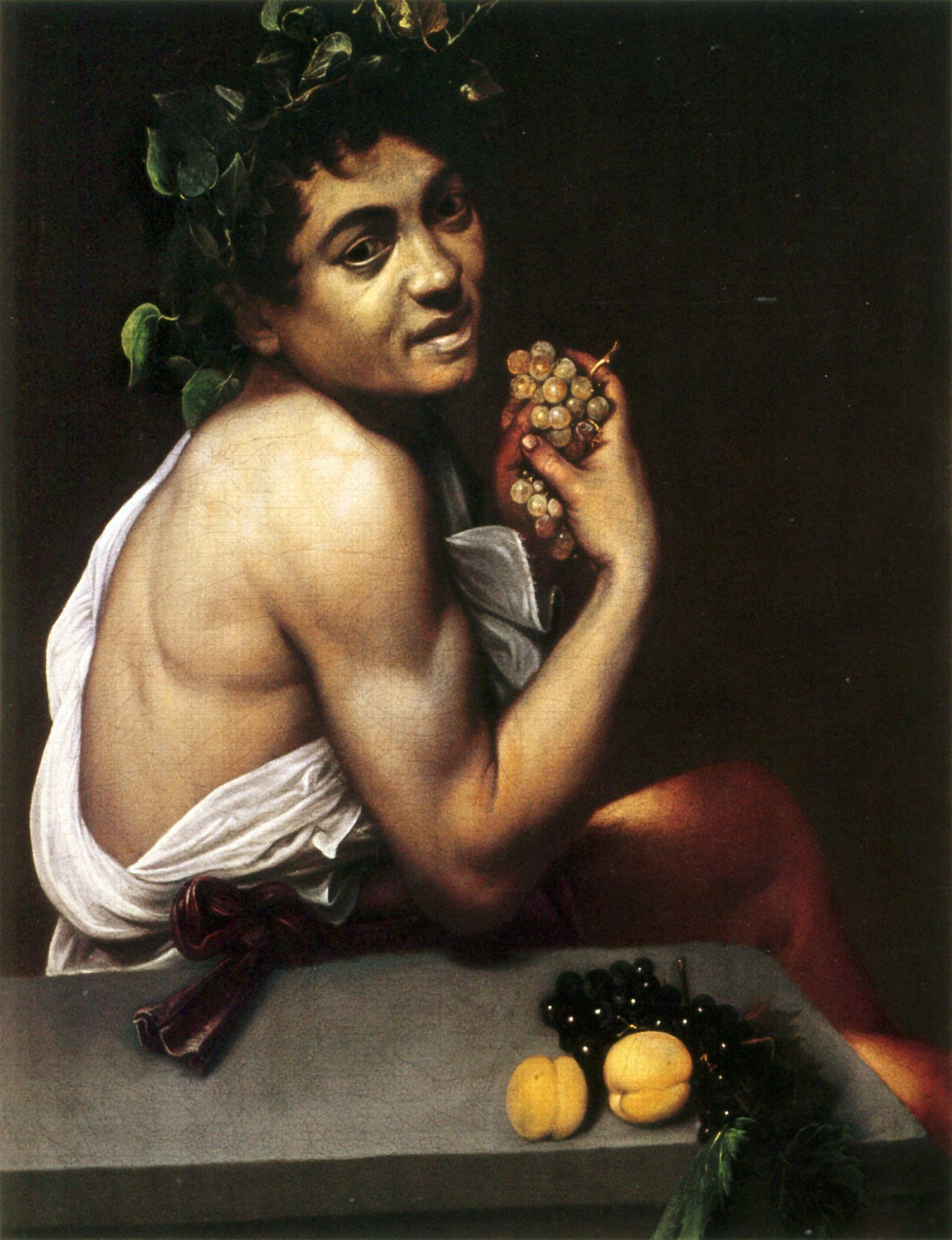
Some of Caravaggio’s most notable works include:
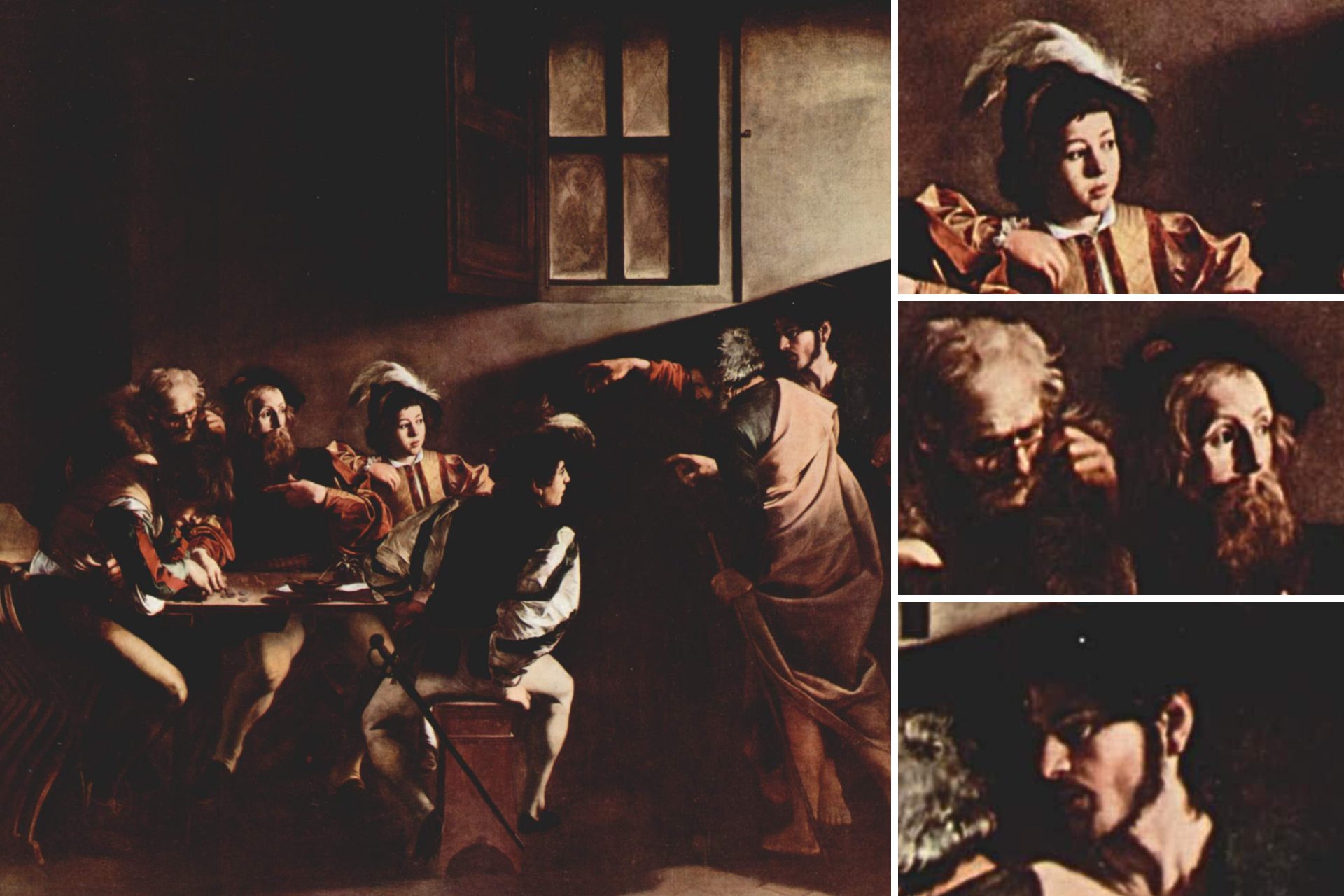
The Calling of St. Matthew is an excellent example of Caravaggio’s style and his use of the chiaroscuro, one of the painter’s signature traits. The painting was completed in 1600 for the Contarelli Chapel in Rome and depicts the moment when Jesus calls Matthew, a tax collector, to be one of his disciples. This artwork is also a good example of how Caravaggio painted figures as ordinary people without idealization.
Despite his controversial life, Caravaggio’s artistic legacy is undeniable: he profoundly influenced other painters of his time such as Bartolomeo Manfredi, Orazio Gentileschi, and Artemisia Gentileschi. Many were the stylist followers of Caravaggio, called “Caravaggisti” or “Caravaggesques”.
Caravaggio’s influence extended beyond Rome and influenced artists from other countries like the Dutch Gerrit van Honthorst, the Spanish Jusepe de Ribera and Zurbaràn.
Artemisia Gentileschi is one of the prominent female painters of the 17th century, active mostly in Italy, but also in London, where she worked for different patrons, including Philip IV of Spain.
Artemisia was born in Rome and was the daughter of Prudenzia di Montone and the Tuscan painter Orazio Gentileschi (1563-1639). When Artemisia was only 12 years old, her mother passed away, leaving her in charge of caring for her three younger siblings while also starting her art training at the father’s studio.
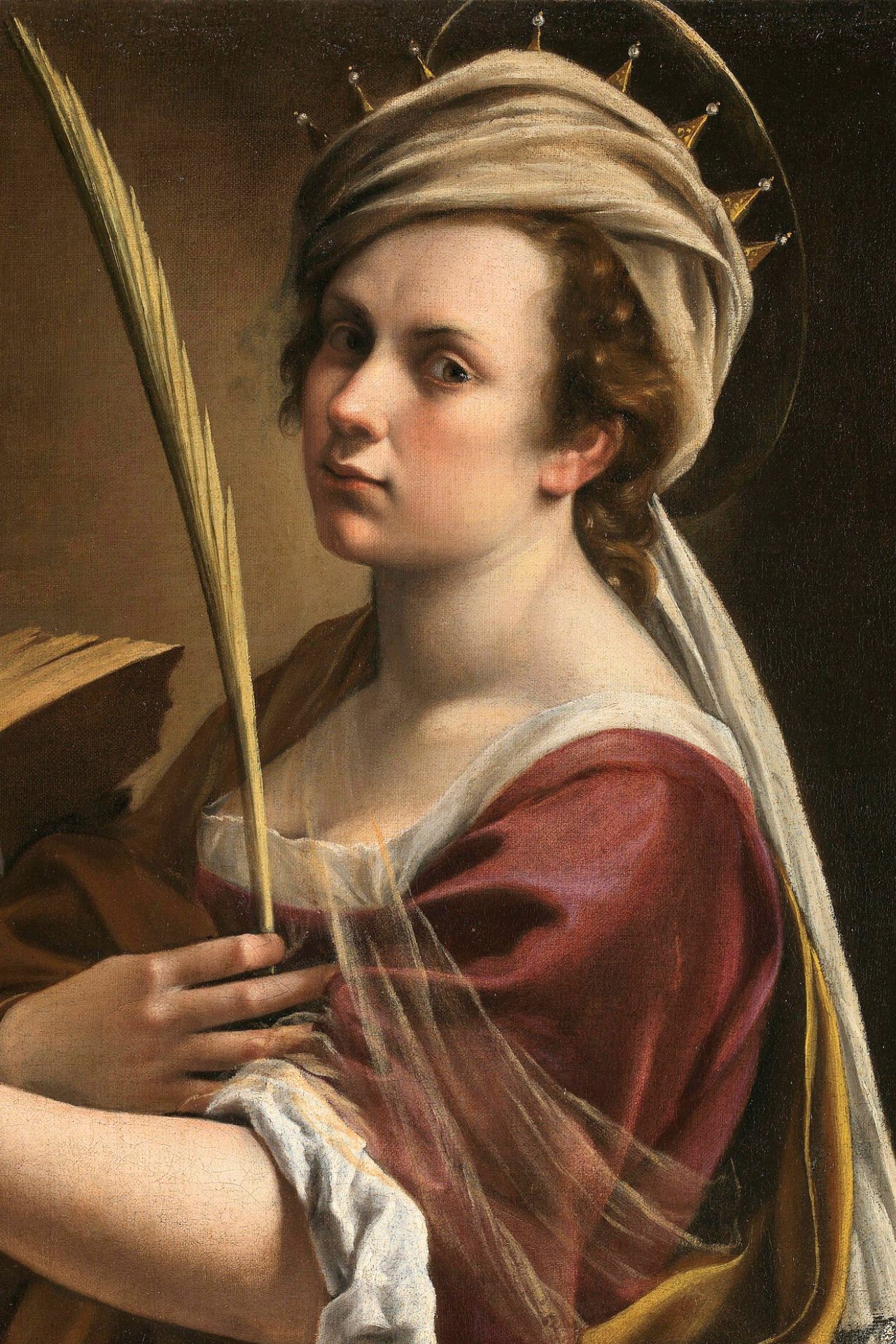
In 1611, the young Artemisia was raped by the painter Agostino Tassi, who was then banished from Rome, following a trial. After this traumatic experience, Artemisia married the Florentine artist Pierantonio di Vincenzo Stiattesi, and soon went to live in Florence with him, where she became the mother of five and also an well-known independent artist. In 1620, Artemisia returned to Rome and lived there for the following 10 years before moving to Naples, where she opened her own studio.
Artemisia Gentileschi is known for her dramatic and powerful paintings that often portrayed women as heroines or victims. Here are three of her most important paintings:
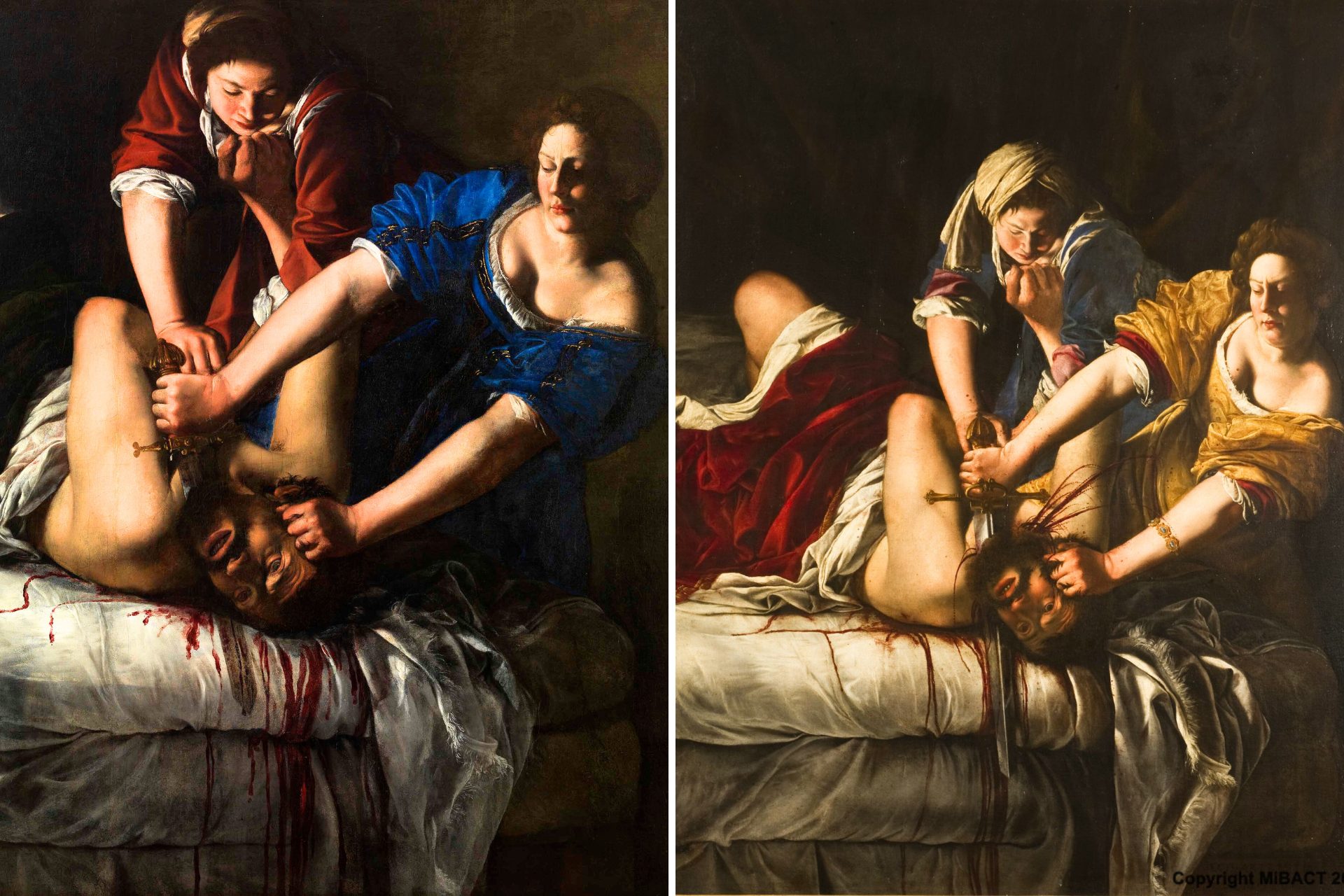
Artemisia Gentileschi’s “Judith Slaying Holofernes” is an oil on canvas painting created in 1612-13, considered one of Artemisia’s masterpieces. The scene represents the moment when Judith beheads the Assyrian general Holofernes and shows the empowerment of women. There are two versions of the painting: one in the Museo Nazionale of Capodimonte and the other at the Uffizi Gallery in Florence.
Peter Paul Rubens was born in Siegen, Germany, but moved to Antwerp at the age of 10. At the young age of 13, he became the court page to a countess. Despite having this prestigious job, he started training to become an artist. When his training ended, he traveled to Italy and Spain. He lived and worked there until 1608 when he heard that his mother was dying and decided to return to Antwerp. The year later, he became the court painter of Archduke Albert and his wife Isabella, who governed the Southern Netherlands from Brussels on behalf of Spain. He started working for them but decided not to leave Antwerp. In the late 1620s, Rubens was not only an artist, but also a diplomat, playing a crucial role in peace negotiations between England and Spain.
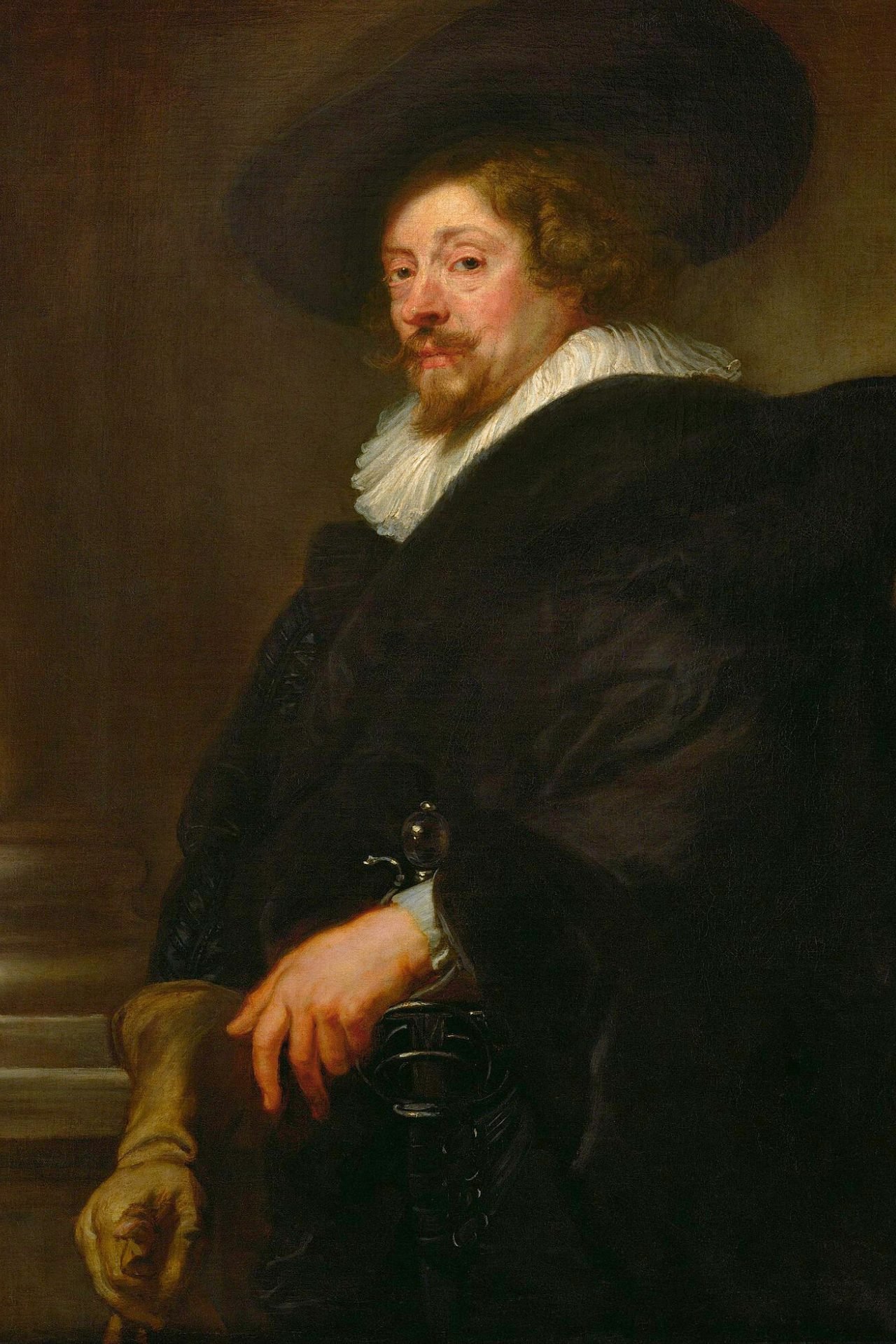
He enjoyed working on a large scale, with the help of many assistants, and his major business was altarpieces, supplied to Antwerp churches. He created a vast number of artworks, including landscapes, portraits, mythological and religious scenes.
He passed away in 1640, leaving behind five children and a significant art collection. Here are some of Peter Paul Rubens’ most important works:
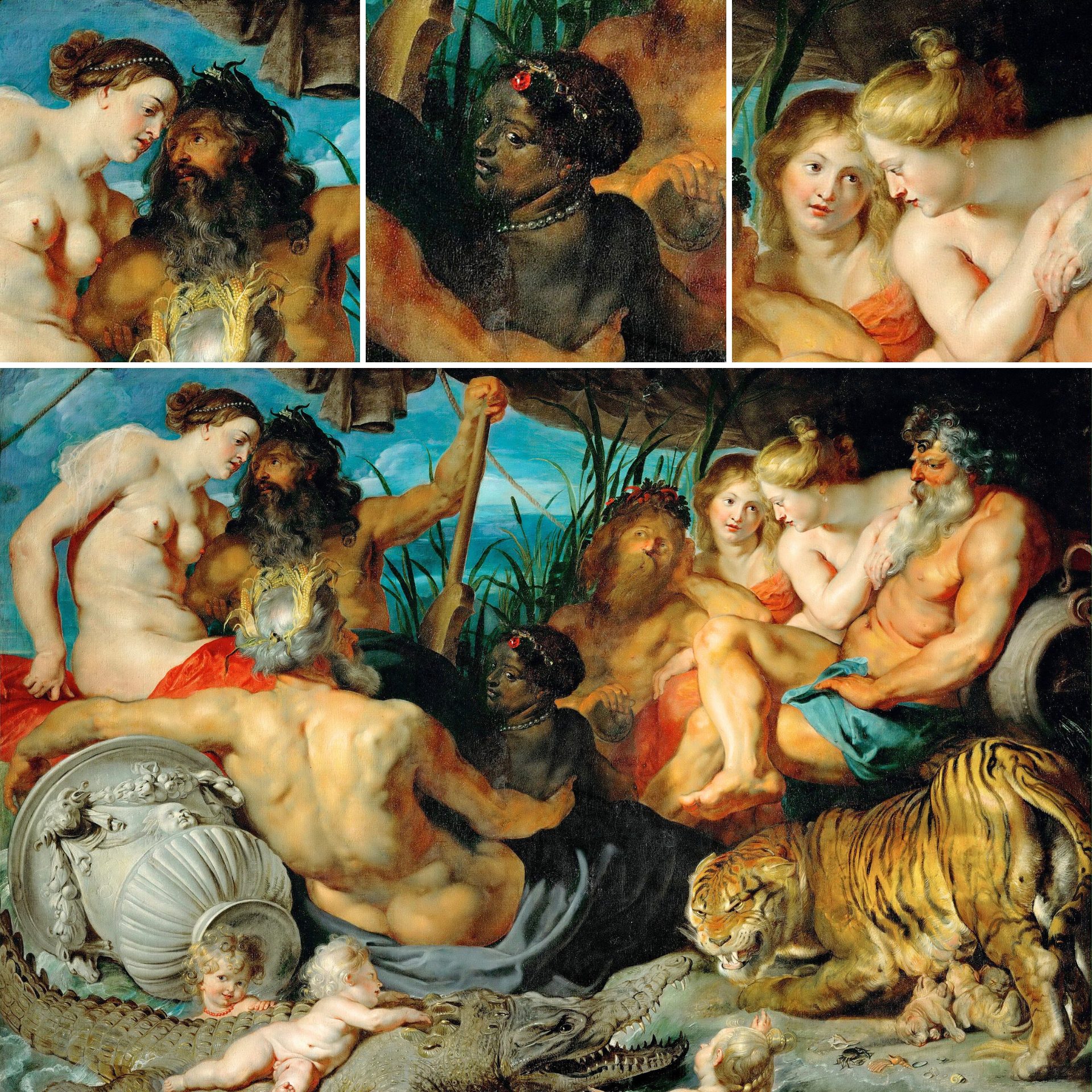
The painting titled “The Four Continents” is a masterpiece that reflects Ruben’s exceptional skills. It was created in 1615 and today lives at the Kunsthistoriches Museum in Vienna. The painting depicts four female figures, each representing one continent: Europe, Asia, Africa, and America. Each figure is portrayed with distinct physical features and clothing that reflects the cultural characteristics of their respective continents. The painting is a reflection of the prevalent worldview of the time, with Europeans believing themselves to be at the center of the world “The Four Continents” also showcases Rubens’ artistic skills.
His art, characterized by dynamic compositions and vibrant colors, influenced painters such as Watteau, Boucher, Fragonard, Reynolds, Gericault and Delacroix. Jacob Jordaens and Van Dyck in Antwerp were among the first significant painters to reply to Rubens’ artwork.
Diego Rodríguez de Silva y Velázquez was born in Seville in 1599 and is considered one of the most prominent painters in Spain in the 17th century. His career started very young under the apprenticeship of the painter Francisco Herrera, before studying under Francisco Pacheco, artist known for the mannerist paintings with religious iconographies that strictly followed the dictates of the Inquisition.
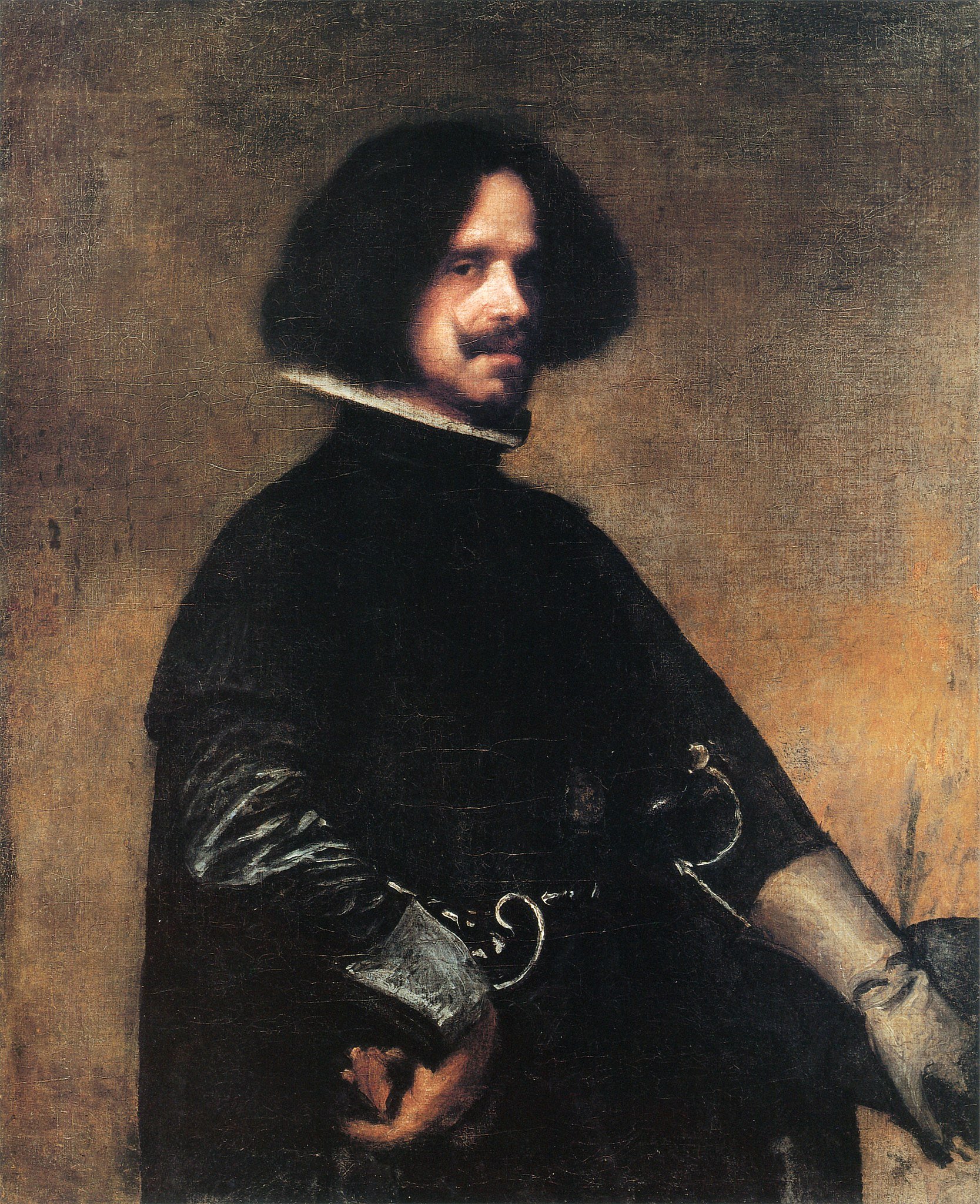
Following the commission of a portrait of King Philip IV in 1623, Velázquez started his career at the court of Madrid, where he became the king’s official painter and then served for the rest of his life, climbing the court’s hierarchy ladder. He mostly painted portraits of noblemen and commoners, together with religious and mythological scenes, landscapes, and still lives.
During his career, Velázquez worked almost exclusively for the king, so his works were not visible to the public until Napoleon’s Peninsular War (1808-14), when some of his work was distributed in Northern Europe, which led to the profound influence of Velázquez on painters during the nineteenth century.
Some of his most notable artwork are:
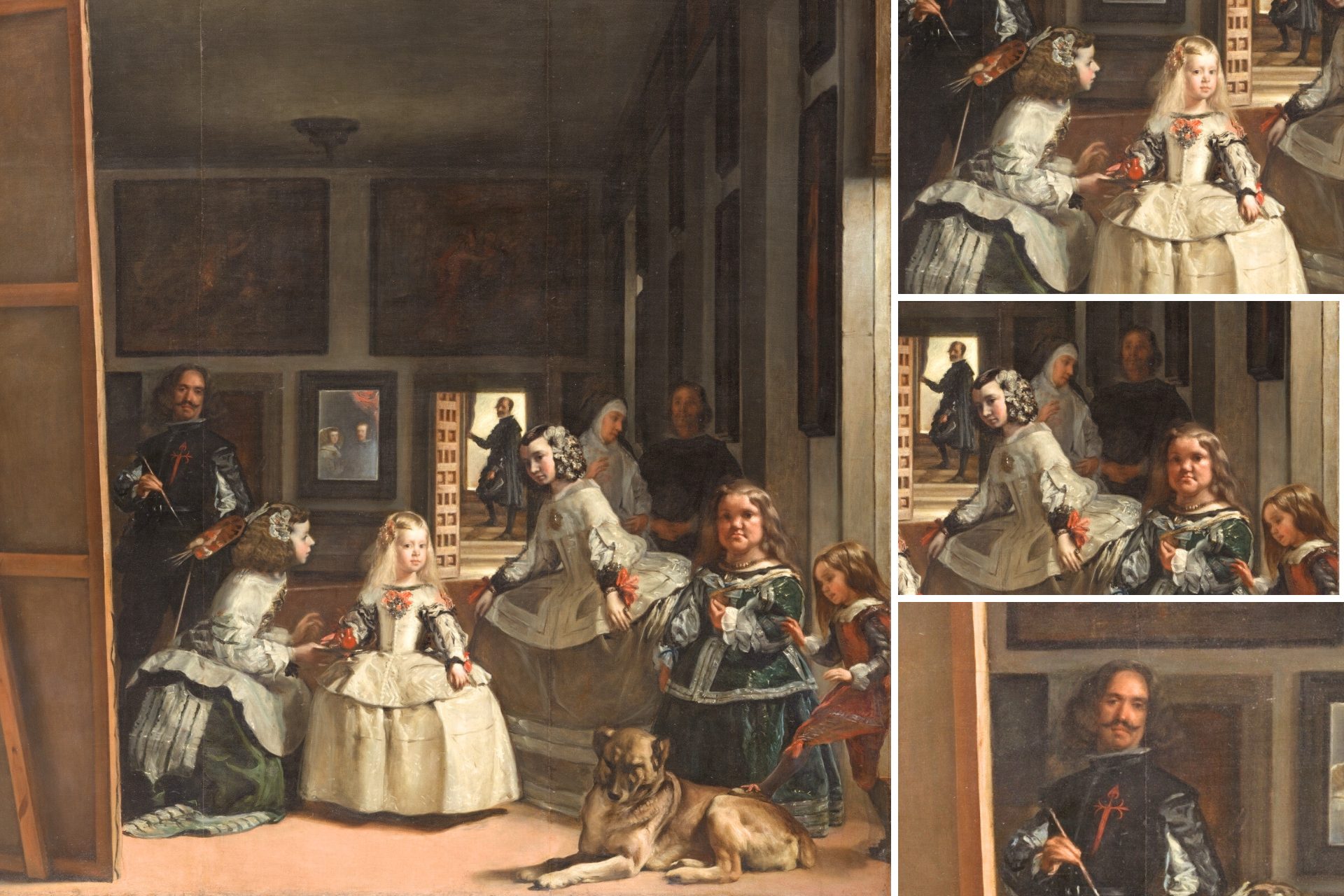
Las Meninas, today at the Museum of Prado in Madrid, was created around 1656 and has become a symbol of Spanish art. It depicts a scene from the court of King Philip IV of Spain, where Margarita Teresa, the daughter of King Philip IV, is surrounded by her attendants, known as the “meninas.” In this painting, it is possible to notice Velázquez’s ability to create complex compositions and use light and shadow. The painting captures the essence of the Spanish court life during the 17th century.
Diego Velázquez was a highly influential painter of the Baroque period, and his influence was felt by many artists across different periods. The first is Francisco Goya, whose work shares similarities in subject matter and the naturalistic approach to painting.
Nicolas Poussin is considered among the greatest exponents of Baroque classicism. Born in Normandy in 1594, he studied with the artist Quentin Varin and then moved to Paris in 1612, where he lived until 1623. Here, he worked in the studios of the painters Georges Lallemant and Ferdinand Elle.
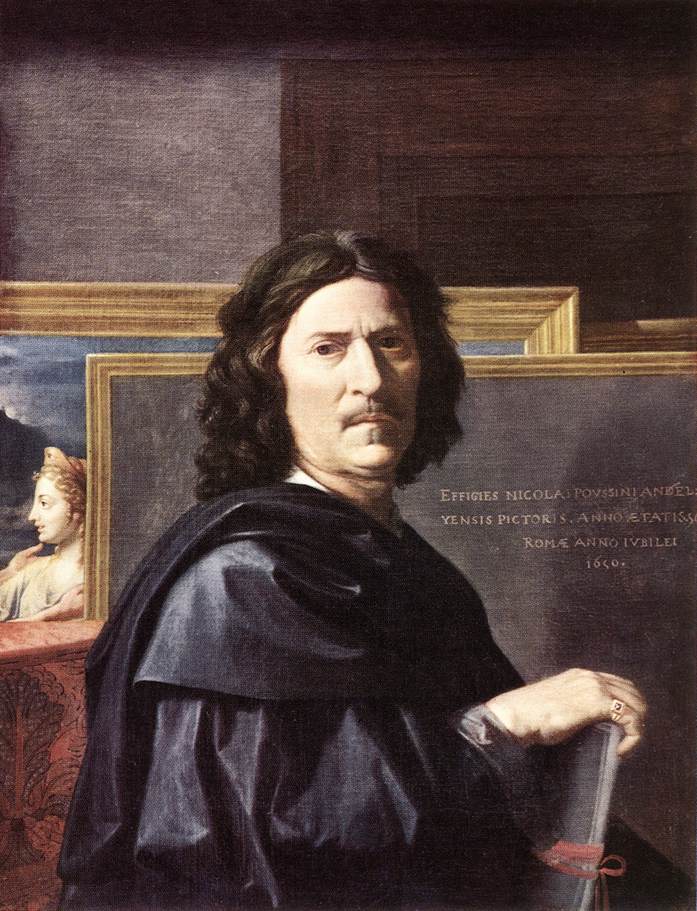
By 1624, he had made his way to Rome, where he spent most of his life. After much experimentation, he started solidifying his position in Rome, especially after his nomination as a member of the Accademia di San Luca in 1632. After a short time in fact, he received a commission from the French Cardinal Richelieu for a series of bacchanals. At the same time, Poussin received commissions from Francesco Barberini. Around the same time, Poussin had to return to France and was made the First Painter to King Louis XIII, being in charge of the decoration of all royal residences, especially the Grande Galerie of the Louvre. Poussin wanted to return to Rome, and when Louis XIII died in 1643, he was able to remain there.
During the second half of his career, he worked mostly for French patrons. In the last years of his artistic life, he focused on landscapes, a genre already explored by the artist during his career. He mostly painted mythological subjects in warm and light colors.
Some of his most famous works include:
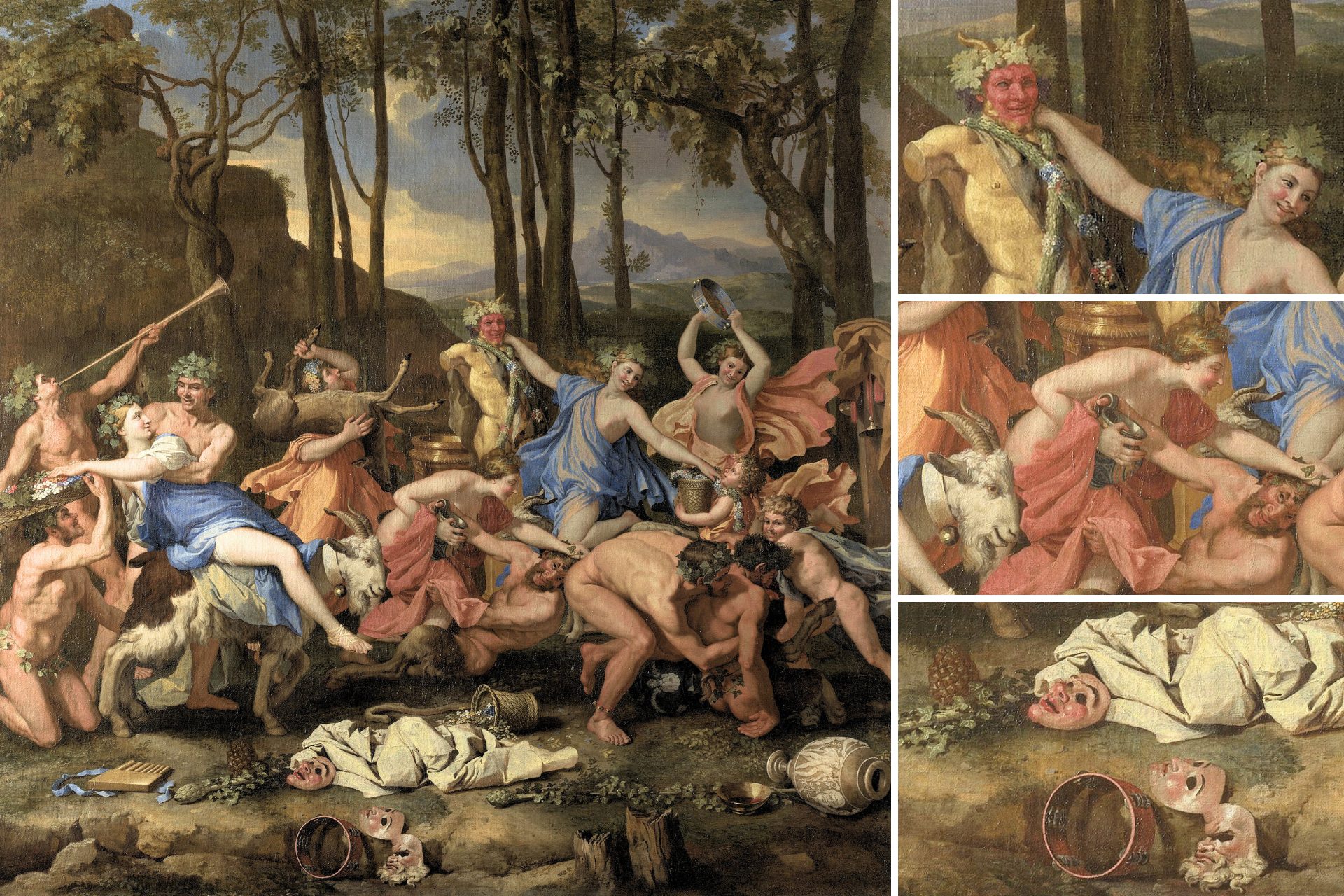
The Triumph of Pan is one of many mythological scenes depicted by Poussin during his artistic career. This painting, in particular, was made in 1636, and today, it is possible to see it at the National Gallery in London. It depicts a scene from Greek mythology: the Greek god Pan, known for his association with nature, music, and fertility is depicted together with a group of other mythological figures. This painting is one of Poussin’s most famous works, thanks to its balanced composition and vivid colors that create a sense of movement. Over the years, scholars have interpreted this painting differently; some see it as a celebration of nature, while others see it as a representation of the triumph of life over death.
Poussin’s influence on other artists has been significant, particularly in terms of a harmonious and balanced composition. Jacques-Louis David and Jean-Auguste-Dominique Ingres are two examples of later painters that were inspired by Poussin’s emphasis on the importance of composition and the depiction of classical themes.
Poussin, Caravaggio, Artemisia Gentileschi, Bernini, Velazquez, and Rubens are considered “baroque” artists, but as it was seen, the term is not univocal. Each artist had a unique style and approach to art that influenced other artists, giving life to several art movements within Baroque. Caravaggio and Bernini were known for their dramatic and realistic style, given the massive use of Chiaroscuro. In contrast, Poussin, Velasquez and Rubens had a more idealistic approach to their subjects. As we saw, the subjects depicted by these six artists were different: Caravaggio and Bernini mostly represented religious art; Velazquez portrayed the life of Madrid’s court; and Poussin focused on mythological themes and Rubens both mythological and historical scenes, as well as portraits and landscapes, Artemisia painted scenes showing women as victims or heroes.
